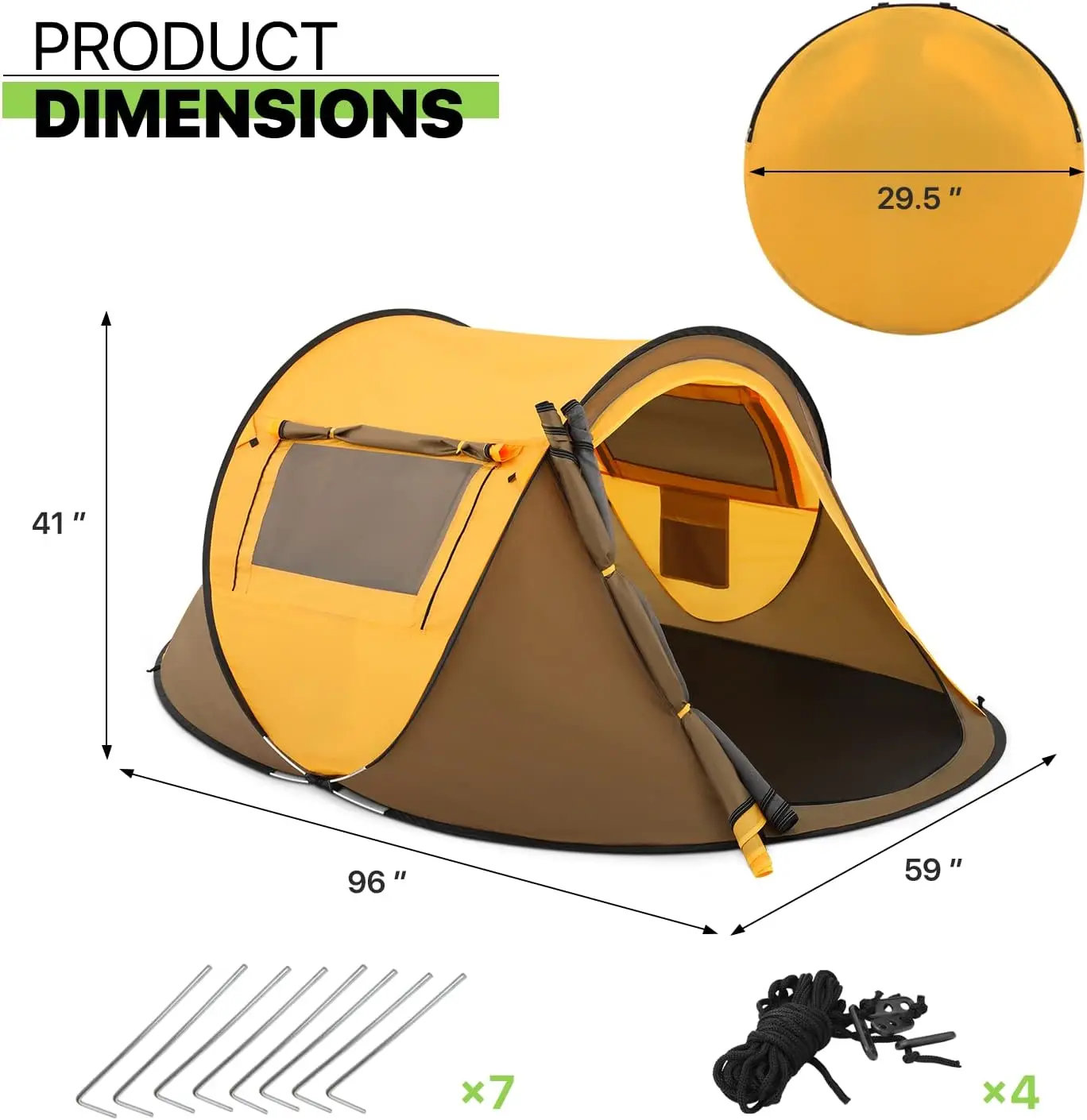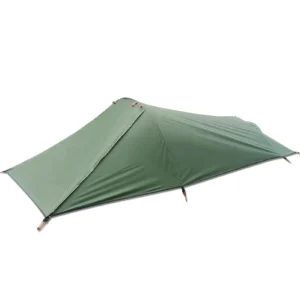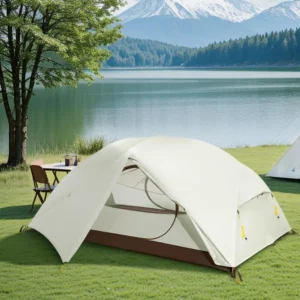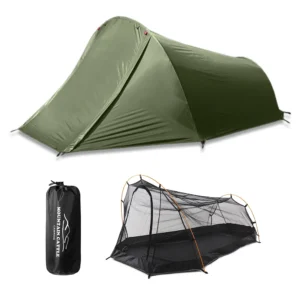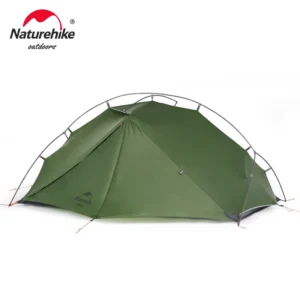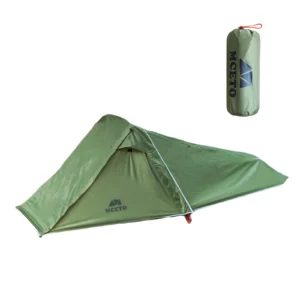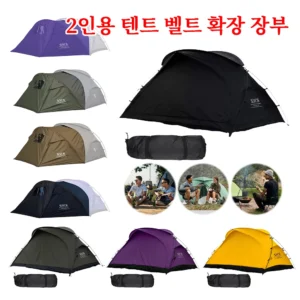Understanding the 20% Rule for Backpacking
The 20% rule is a widely accepted guideline in the backpacking community that suggests your fully loaded pack should weigh no more than 20% of your body weight. This simple calculation helps hikers maintain comfort and prevent injury on the trail. For example, if you weigh 150 pounds (68 kg), your backpack should ideally weigh no more than 30 pounds (13.6 kg).
To find your own recommended maximum pack weight, multiply your body weight by 0.20:
Your Weight × 0.20 = Recommended Pack Weight
This guideline emerged from years of collective hiking experience and observation. Backpackers found that exceeding this percentage significantly increased fatigue, discomfort, and injury risk while decreasing overall enjoyment on the trail.
The primary benefits of following the 20% rule include:
– Reduced strain on joints and muscles
– Improved balance and stability on challenging terrain
– Decreased fatigue and increased hiking efficiency
– Lower risk of back, knee, and shoulder injuries
– More enjoyable hiking experience overall
It’s important to remember that this is a guideline rather than a strict rule. Your ideal pack weight will vary based on several factors, which we’ll explore throughout this article. Understanding compact shelter options for two campers and appropriate tent weight guidelines can significantly help you stay within this recommended range.
The Science Behind the 20% Rule: Why This Guideline Matters
The 20% rule isn’t arbitrary – it’s grounded in biomechanics and exercise physiology. When you carry weight on your back, your body makes several compensatory adjustments that affect your movement efficiency and energy expenditure.
Research shows that for every additional pound in your pack, your body burns approximately 5-10 extra calories per hour. More significantly, studies indicate that loads exceeding 25-30% of body weight dramatically alter walking gait, increasing stress on joints and muscles.
Here’s how excess weight impacts your body:
- Posture changes: Forward lean increases to counterbalance the pack weight, placing stress on the lower back
- Gait alterations: Stride length typically shortens, and foot impact forces increase
- Joint loading: Knees, ankles, and hips experience 2-3 times more force with heavy loads
- Oxygen consumption: Energy expenditure increases disproportionately with heavier loads
- Recovery time: Heavier loads require significantly longer recovery periods between hikes
Dr. Ray Jardine, considered by many as the father of ultralight backpacking, noted: “For every pound on your back, you expend 5-10% more energy. This compounds over miles and days, potentially turning an enjoyable journey into an exhausting ordeal.”
Understanding the art of lightweight backpacking can help you apply these scientific principles to your trail experience and make informed choices about what deserves space in your pack.
Key Factors That Influence Your Ideal Pack Weight
While the 20% rule provides a useful starting point, your ideal pack weight depends on several personal and situational factors:
Physical Fitness and Conditioning
Your current fitness level significantly impacts how much weight you can comfortably carry. Hikers with stronger cores, legs, and cardiovascular systems typically handle heavier loads with less strain. Regular training with weighted packs can gradually increase your carrying capacity.
Experience Level
Beginners should aim for lighter packs (closer to 15% of body weight) while developing hiking efficiency and proper techniques. Experienced backpackers often develop stronger muscles specifically adapted to carrying loads and may comfortably handle weights closer to or slightly above the 20% guideline.
Trip Duration and Resupply Options
A weekend trip requires less food and supplies than a week-long excursion. Consider how frequently you’ll have access to resupply points. Longer stretches between resupplies mean carrying more food, which significantly increases pack weight.
Terrain and Elevation Changes
Flat, well-maintained trails allow for carrying slightly more weight compared to rugged terrain with significant elevation gain. For every 1,000 feet of elevation gain, many hikers find their effective pack weight “feels” about 10% heavier due to increased exertion.
Weather and Seasonal Considerations
Summer backpacking typically requires less gear than shoulder season or winter trips. Cold weather necessitates heavier sleeping bags, additional layers, and sometimes more fuel, all adding weight to your pack.
Body Frame and Type
Smaller-framed individuals generally should carry less weight proportionally. Some backpackers with larger frames and more muscle mass may comfortably handle packs slightly above the 20% threshold.
Understanding how to efficiently set up a lightweight shelter for two people can help you manage these factors, especially when backpacking with a partner and sharing gear.
Backpacking Weight Classification: Understanding the Terminology
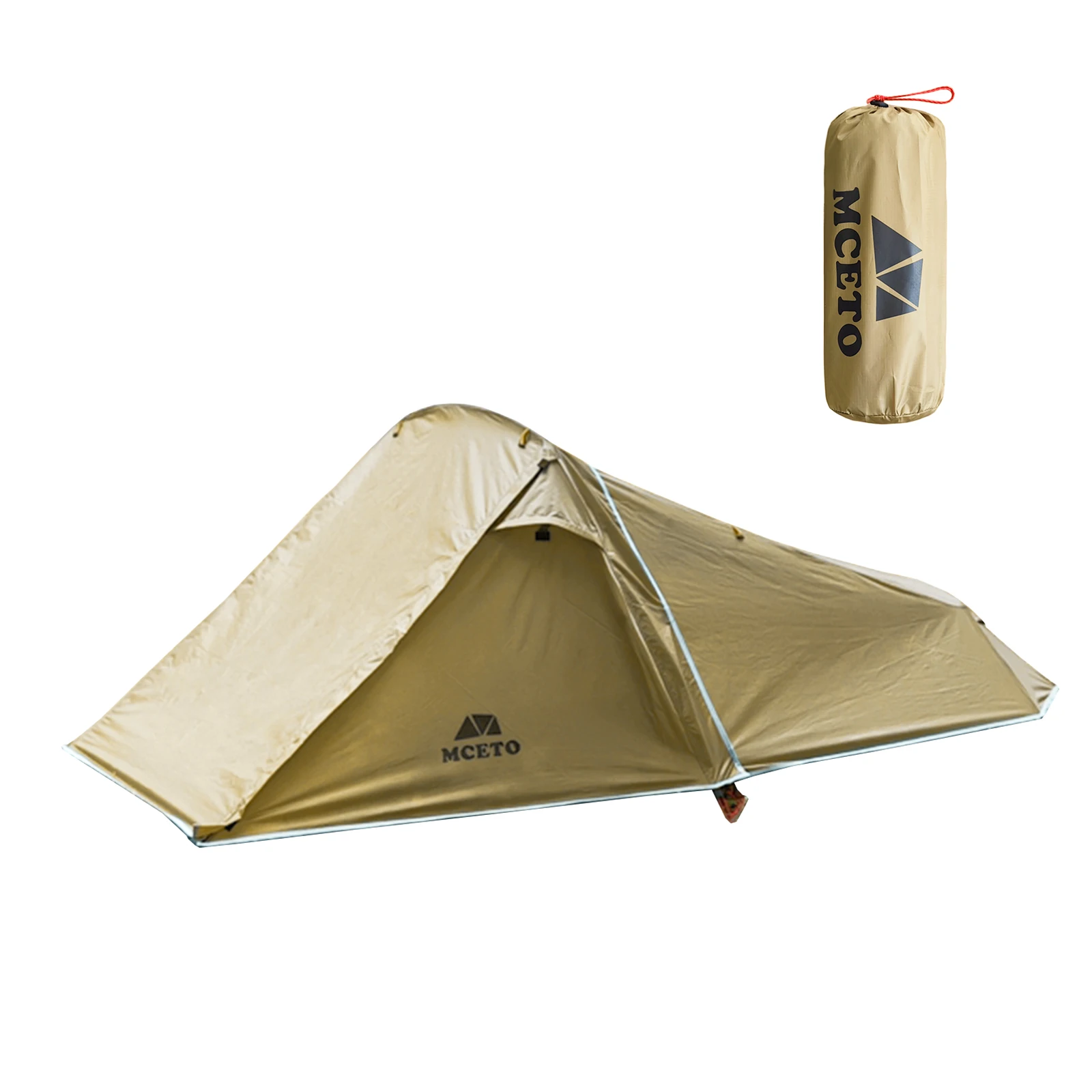
To effectively apply the 20% rule, you need to understand common backpacking weight terminology:
Total Pack Weight (TPW): Everything you carry in and on your backpack, including consumables like food, water, and fuel. This is what the 20% rule refers to.
Base Weight: The weight of all your gear excluding consumables. This includes your backpack, shelter, sleeping system, clothing (not worn), cooking gear, and other equipment.
Consumables: Items that get lighter throughout your trip as you use them – food, water, fuel, etc. These typically account for 5-10 pounds (2.3-4.5 kg) depending on trip length.
Worn Weight: Items you wear rather than carry in your pack (hiking clothes, boots, hat, etc.). These don’t count toward your pack weight.
Backpackers typically fall into these weight categories based on their base weight:
| Category | Base Weight | Typical Gear Choices |
|---|---|---|
| Traditional | >20 lbs (>9 kg) | Conventional camping gear, durability-focused |
| Lightweight | 10-20 lbs (4.5-9 kg) | Lighter alternatives, some specialized gear |
| Ultralight | <10 lbs (<4.5 kg) | Minimalist specialized gear, often more expensive |
| Super Ultralight | <5 lbs (<2.3 kg) | Extreme minimalism, sometimes custom gear |
Understanding what makes a tent ultralight helps explain why these shelters are so popular among weight-conscious backpackers. Many hikers looking to reduce their pack weight invest in ultralight backpacking tents as one of their first weight-saving upgrades.
The Big Four: Where to Focus Your Weight Reduction Efforts
When trying to meet the 20% rule, focus first on the “big four” items that typically contribute most to your pack weight:
1. Backpack
Traditional backpacks often weigh 4-7 pounds (1.8-3.2 kg), while ultralight options can weigh under 2 pounds (0.9 kg). Consider whether you need a frame, extra padding, and numerous pockets, or if a simpler design would suffice.
Weight-saving tips:
– Choose packs made with lightweight materials like Dyneema or ripstop nylon
– Consider frameless packs if carrying lighter loads
– Evaluate if you need all those external pockets and attachment points
2. Shelter System
Your tent or shelter represents a significant weight opportunity. Traditional two-person tents might weigh 5-7 pounds (2.3-3.2 kg), while ultralight alternatives can weigh under 2 pounds (0.9 kg).
Weight-saving tips:
– Consider tarp tents, trekking pole tents, or hammock systems
– Evaluate seasonality needs – 3-season tents are typically lighter than 4-season options
– Look for silnylon or Dyneema shelters instead of traditional polyester
3. Sleep System
Your sleeping bag/quilt and sleeping pad combined can be surprisingly heavy. Focus on temperature-appropriate gear rather than carrying extra warmth “just in case.”
Weight-saving tips:
– Consider quilts instead of mummy bags for weight savings
– Choose down insulation for better warmth-to-weight ratio
– Use a shorter or torso-length sleeping pad
4. Cooking System
Traditional pot sets and stoves can be heavy. Evaluate your cooking needs honestly – do you really need multiple pots and a complex stove?
Weight-saving tips:
– Use alcohol or canister stoves instead of liquid fuel options for shorter trips
– Consider cold-soaking some meals to eliminate cooking for certain meals
– Choose titanium or aluminum cookware over stainless steel
Understanding the essential backpacking gear trio can help you make smart decisions about these critical items. For many hikers, investing in a lightweight backpacking tent provides the best balance of comfort, protection, and weight savings.
Practical Strategies to Lighten Your Load
Beyond focusing on the big four, try these practical approaches to reduce your pack weight:
Weigh everything. Invest in a digital scale to weigh each item. This awareness alone often leads to better packing decisions.
Create a gear spreadsheet. Track the weight of everything you carry, then analyze after each trip what you actually used versus what stayed untouched in your pack.
Eliminate redundancies. Do you need both a puffy jacket and a heavy fleece? Can your pot lid double as a plate? Look for items serving overlapping functions.
Embrace multi-purpose gear. Choose items that can serve multiple functions: a bandana can be a washcloth, pot holder, and neck protection; trekking poles can support your tent.
Optimize food weight. Food is typically 1.5-2 pounds (0.7-0.9 kg) per person per day. Choose calorie-dense options providing 125+ calories per ounce instead of water-heavy foods.
Rethink water carrying. Water weighs 2.2 pounds (1 kg) per liter. Plan routes with water sources so you don’t carry more than necessary, and use lightweight water treatment methods.
Share group gear. When hiking with partners, distribute shared items like stoves, water filters, and shelter components to equalize weight.
Repackage essentials. Transfer sunscreen, soap, medication, and other small items from original packaging into smaller, lightweight containers.
Compact backpacking tents can significantly reduce your pack’s volume and weight while still providing necessary protection from the elements.
Lightweight Backpacking Tent, Ultralight Backpacking Tent, Ultralight Bivy Tent
Ultralight Single Person Camping Tent with Aluminum Poles for 3-Season Backpacking Waterproof DesignPrice range: $94.88 through $326.82 Select options This product has multiple variants. The options may be chosen on the product pageLightweight Backpacking Tent, Ultralight Backpacking Tent, Waterproof Backpacking Tent
$391.05 Select options This product has multiple variants. The options may be chosen on the product pageCompact Backpacking Tent, Lightweight Backpacking Tent, Waterproof Camping Tent
$335.52 Select options This product has multiple variants. The options may be chosen on the product pageUltralight Backpacking Tent, Ultralight Dome Tent, Winter Camping Tent
Price range: $369.63 through $370.07 Select options This product has multiple variants. The options may be chosen on the product pageBackpacking Tent with Vestibule, Freestanding Backpacking Tent, Lightweight Backpacking Tent
Price range: $446.89 through $447.22 Select options This product has multiple variants. The options may be chosen on the product pageBackpacking Tent with Vestibule, Trekking Pole Backpacking Tent, Waterproof Camping Tent
Price range: $271.99 through $519.52 Select options This product has multiple variants. The options may be chosen on the product page
When the 20% Rule Doesn’t Work: Exceptions and Alternatives
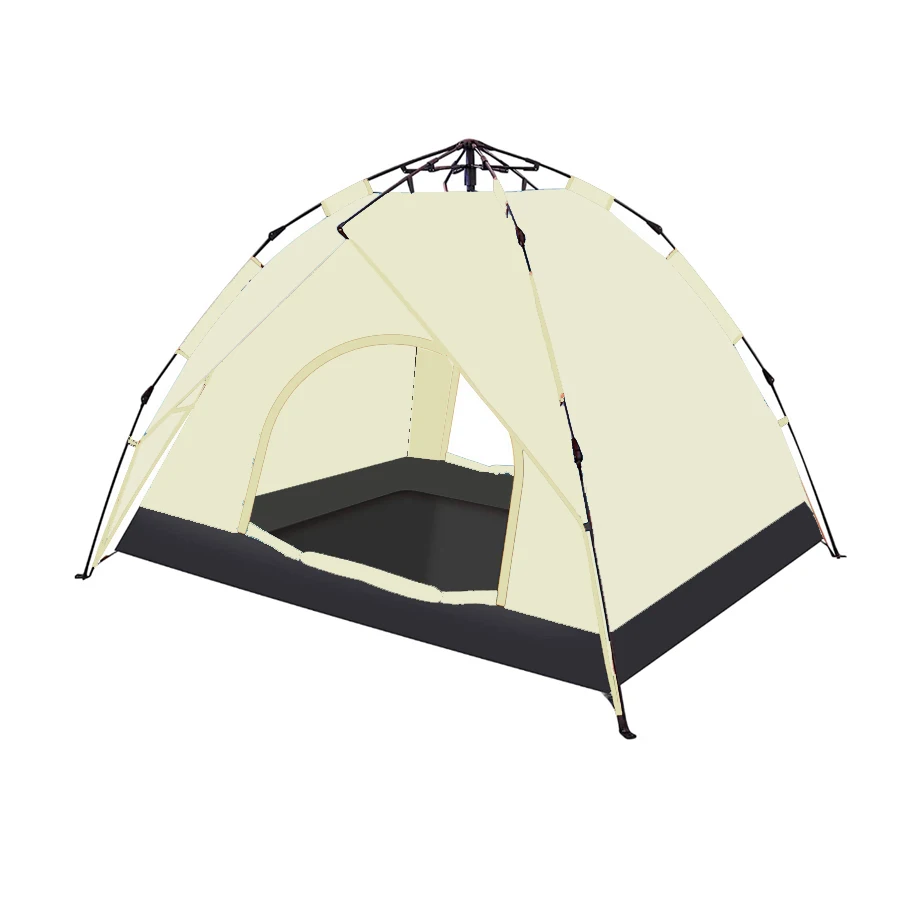
While the 20% rule serves as a helpful guideline, several situations necessitate different approaches:
Challenges for Smaller Hikers
Petite hikers (under 130 pounds/59 kg) often find it impossible to meet the 20% threshold because essential gear has minimum weights regardless of the user’s size. A lightweight setup might still weigh 25-30% of body weight for someone small. In these cases, focus on absolute weight rather than percentages.
Considerations for Larger Hikers
Conversely, hikers weighing over 220 pounds (100 kg) might find that 20% of their body weight (44+ pounds/20+ kg) is unnecessarily heavy for comfortable backpacking. These hikers might aim for a specific weight target rather than a percentage.
Specialized Trip Requirements
Some trips require additional gear that makes the 20% rule impractical:
– Winter expeditions requiring extra insulation and safety gear
– Photography-focused trips with camera equipment
– Technical climbing adventures needing ropes and hardware
– Long-distance desert hikes requiring extra water capacity
Absolute Weight Approach
Some experienced backpackers prefer setting absolute maximum weights rather than percentages:
– Comfortable hiking: under 25 pounds (11.3 kg) total pack weight
– Enjoyable hiking: under 20 pounds (9 kg) total pack weight
– Liberating hiking: under 15 pounds (6.8 kg) total pack weight
Understanding if 3kg is too heavy for a backpacking tent helps you evaluate one of the most significant weight contributors in your pack and make appropriate adjustments when the standard rules don’t apply.
Building Strength and Endurance for Better Pack Carrying
While reducing pack weight is important, improving your body’s ability to carry that weight comfortably is equally valuable. Targeted training can help you handle your load more efficiently:
Core Strength Exercises:
– Planks and side planks (start with 30 seconds, build to 2+ minutes)
– Bird dogs and Superman holds
– Russian twists with weight
Lower Body Strength:
– Weighted step-ups (simulates hiking uphill with a pack)
– Lunges and split squats
– Wall sits with weight on lap
Upper Body and Back:
– Rows and pull-ups to strengthen upper back
– Farmer’s carries with weights in each hand
– Loaded carries with a weighted pack
Training Progression:
1. Start with short hikes carrying 10-15% of your body weight
2. Gradually increase distance while maintaining weight
3. Once comfortable with distance, slowly increase pack weight
4. Include hill training to simulate elevation changes
Consistent training not only improves your carrying capacity but also enhances trail endurance and reduces injury risk. When planning your hiking adventure, considering the appropriate tent size for your group can help balance comfort and weight considerations.
Common Questions About the 20% Backpacking Rule
Q: Is the 20% rule different for men and women?
A: The fundamental biomechanics apply to everyone, but women typically have a lower muscle mass to body weight ratio, which might make carrying the same percentage feel more challenging. Some female hikers prefer using 15-18% as their target.
Q: How strictly should I follow this rule as a beginner?
A: Beginners should try to stay under the 20% threshold or even aim for 15% while developing hiking efficiency and strength. Starting with less weight makes the learning experience more enjoyable.
Q: Does fitness level change how much I should carry?
A: Absolutely. Someone with excellent cardiovascular fitness and strength training experience may comfortably carry above the 20% threshold, while those new to fitness might aim for less.
Q: Should children follow the 20% rule too?
A: Children should carry even less proportionally. Most experts recommend children carry no more than 10-15% of their body weight, with younger children on the lower end of that range.
Q: What if I’m comfortable carrying more weight?
A: If you genuinely feel comfortable with more weight after several trips (not just the first few miles), that’s fine. Listen to your body, but be mindful of long-term joint health and injury prevention.
Trekking pole tents represent one of the most effective ways to significantly reduce shelter weight, often saving 1-2 pounds (0.45-0.9 kg) over traditional tent designs.
Finding Your Personal Pack Weight Sweet Spot

The 20% rule provides an excellent starting point, but your ideal pack weight is ultimately personal. Finding your sweet spot requires experimentation, self-awareness, and honest assessment of your priorities.
Consider these reflective questions to determine your optimal pack weight:
– How does your body feel after carrying your pack for several hours?
– Where do you notice discomfort first – shoulders, hips, knees, or back?
– Are you able to maintain good posture and balance with your current load?
– How much does your pack weight affect your enjoyment of the journey?
The most successful backpackers strike a balance between bringing necessary comforts and eliminating unnecessary weight. Remember that lightweight backpacking isn’t about suffering or going without – it’s about bringing exactly what enhances your experience without carrying items that detract from it.
Start by weighing your current gear, then make incremental changes. Test new approaches on shorter trips before committing to longer adventures. Pay attention to what you actually use versus what stays in your pack.
Understanding what constitutes a good tent weight and exploring options like trekking pole tents can dramatically reduce one of your heaviest items while maintaining comfort and protection.
At Explore Elements, we believe the best adventure is one where you can focus on the beauty around you rather than the burden on your back. By thoughtfully applying the 20% rule while considering your unique needs, you’ll find that sweet spot where your pack supports—rather than detracts from—your wilderness experience.

